PROTECT YOUR DNA WITH QUANTUM TECHNOLOGY
Orgo-Life the new way to the future Advertising by Adpathway Shutterstock
Shutterstock
Some dogs speak volumes with a glance, but others? They’re chatterboxes in fur coats. These vocal breeds bring the noise in the most entertaining ways possible, whether it’s a sassy bark, a dramatic howl, or a hilarious grumble that sounds suspiciously like backtalk. They don’t just make sounds, they hold conversations, respond to your tone, and sometimes even seem to argue their case. For these expressive pups, vocalizing is second nature. It’s how they connect, entertain, and let you know exactly what’s on their minds, whether you asked or not.
Siberian Husky
 Shutterstock
Shutterstock
Siberian Huskies are the drama kings and queens of the canine world. These dogs rarely bark, but they make up for it with an impressive range of howls, whines, and yodels. They’ll “talk” to you about everything from needing a walk to having deep existential crises over an empty food bowl. Huskies are social pack animals and thrive on interaction, so their vocal nature is their way of joining the conversation. If you’ve ever heard a Husky throw a tantrum, you know they are fluent in sass.
Beagle
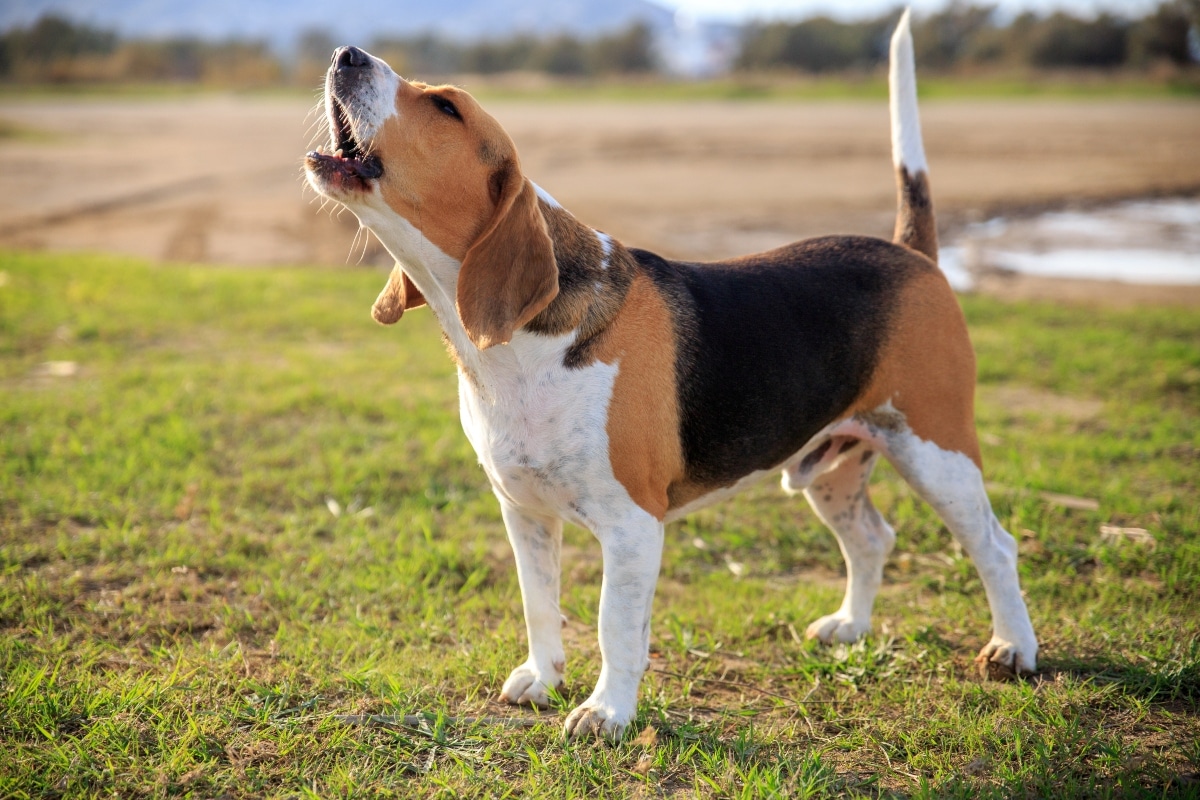 Shutterstock
Shutterstock
Beagles were bred to alert hunters by using their voices, so they come with built-in surround sound. These dogs have a baying bark that carries, and they’re not shy about using it. Whether they’ve found a scent trail or just want you to know the mailman exists, they’ll let you know with full enthusiasm. Beagles also have a surprisingly large vocabulary of howls, yips, and groans. Living with one is like having a very loud roommate who narrates everything.
Dachshund
 Shutterstock
Shutterstock
Don’t be fooled by their small size. Dachshunds have huge personalities and voices to match. These little dogs were bred to flush out badgers from tunnels, so their bark is loud, deep, and determined. They love to “chat” when they’re excited, nervous, or just full of opinionated energy. Dachshunds are particularly expressive, often sounding like they’re giving running commentary on the state of the household. If a leaf blows past the window, expect a detailed vocal report.
Shetland Sheepdog
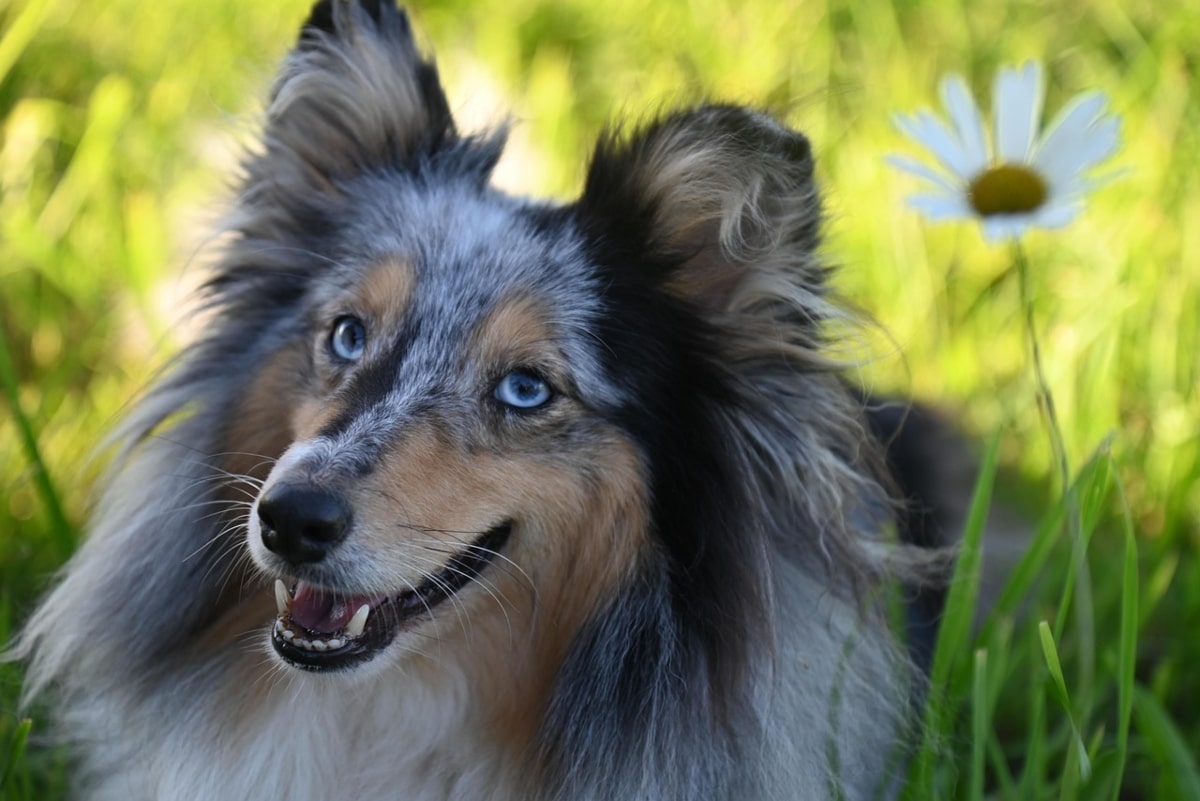 Shutterstock
Shutterstock
Shetland Sheepdogs, or Shelties, are intelligent and sensitive vocalists. They love to herd people, other pets, and basically anything that moves, including conversations. These dogs bark to alert, bark to play, and sometimes bark just because they haven’t heard their own voice in five minutes. Shelties are emotionally attuned and often use vocalizations to connect with their humans. Their bark is sharp and persistent, making them excellent watchdogs and unintentional doorbells.
Chihuahua
 Shutterstock
Shutterstock
Tiny but mighty, Chihuahuas often act like they have very important things to say at all times. They have big attitudes and aren’t afraid to voice their thoughts, especially when something disrupts their carefully curated kingdom. These little dogs bark to defend, bark for attention, and occasionally bark just because the mood strikes. Their high-pitched yaps and dramatic yelps make them surprisingly effective conversation starters. Chihuahuas may be small, but their opinions are loud and clear.
Alaskan Malamute
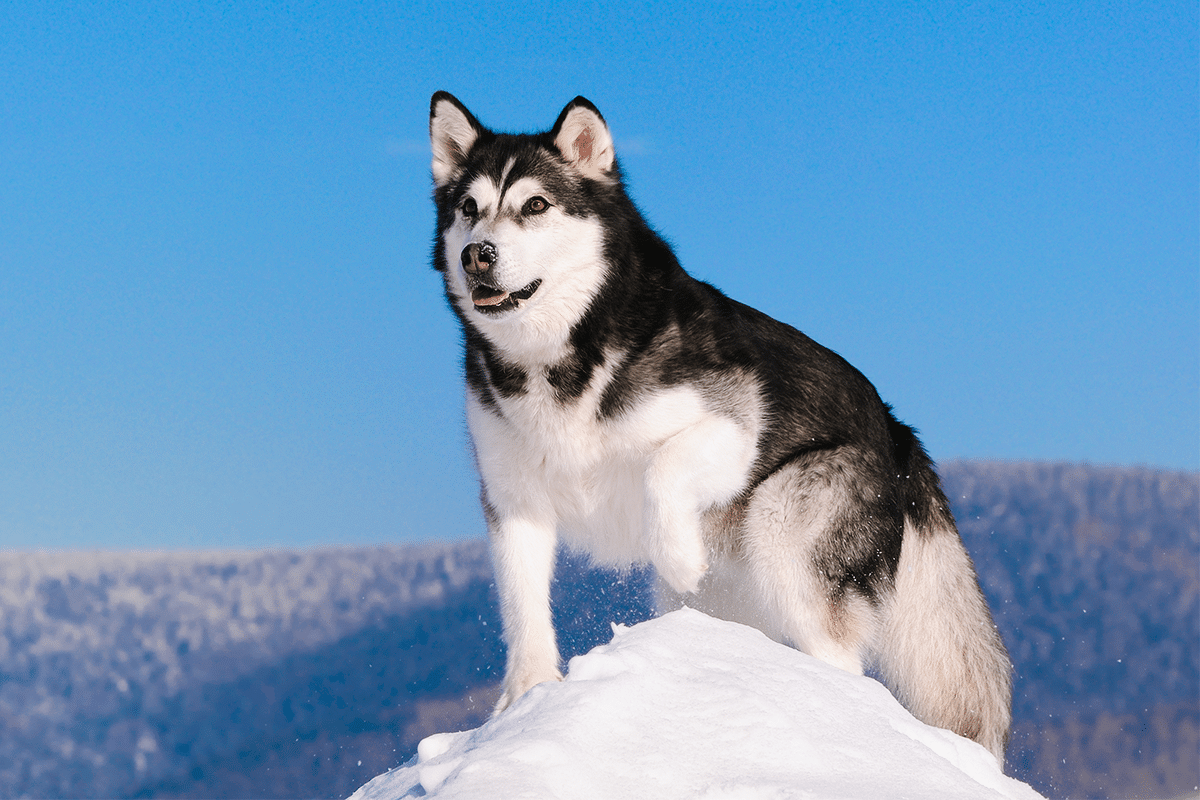 Shutterstock
Shutterstock
Alaskan Malamutes are known for their talkative nature and their love of howling. Less barky than some breeds, they prefer to vocalize through long, melodic tones that sound straight out of the wilderness. They’re social and expressive, often “talking” to you with head tilts and a range of sounds that include groans, yips, and full-volume arias. Malamutes were bred to work in close-knit teams, so their vocal habits reflect their need to connect. With a Malamute, silence is never golden; it’s suspicious.
Miniature Schnauzer
 Shutterstock
Shutterstock
Miniature Schnauzers have strong opinions and an even stronger need to express them. They were bred to be alert and responsive, and they excel at letting you know exactly what’s happening at all times. From loud alert barks to sassy back-and-forth chats, they’ll keep a running commentary on anything unusual. These wiry-haired watchdogs thrive on interaction and aren’t shy about starting conversations. With a Mini Schnauzer, expect nonstop updates and a whole lot of sass.
Basset Hound
 Shutterstock
Shutterstock
With their droopy expressions and slow pace, Basset Hounds might not look like chatterboxes, but they have incredibly distinctive voices. Known for their deep, echoing bay, these hounds use their voice to track scents, demand snacks, and protest when disturbed from naps. They aren’t loud all the time, but when they talk, the whole neighborhood hears them. Basset Hounds don’t bark aimlessly; they bark with purpose and a dramatic flair. Basically, they don’t say much, but when they do, you listen.
American Eskimo Dog
 Shutterstock
Shutterstock
The American Eskimo Dog is a fluffy alarm system with a personality that demands to be heard. These dogs are highly vocal and love to bark when excited, uncertain, or just plain happy. They form strong bonds with their people and love to interact constantly, making their vocal tendencies a key part of their charm. Eskies can be trained to tone it down, but honestly, half the fun is in their dramatic storytelling. Their voice says, “I saw something mildly interesting, and I’m going to tell everyone.”
Corgi
 Shutterstock
Shutterstock
Corgis are adorable and extremely expressive herding dogs who love to vocalize their opinions. They have a high-pitched bark that’s sharp and attention-grabbing, perfect for herding both cattle and humans. Corgis don’t just bark, they also grumble, sigh, and make strange vocalizations when excited or bored. Their voices are as bold as their personalities, and they never hesitate to share their thoughts. Living with a Corgi is like living with a very short, very noisy supervisor.
Australian Shepherd
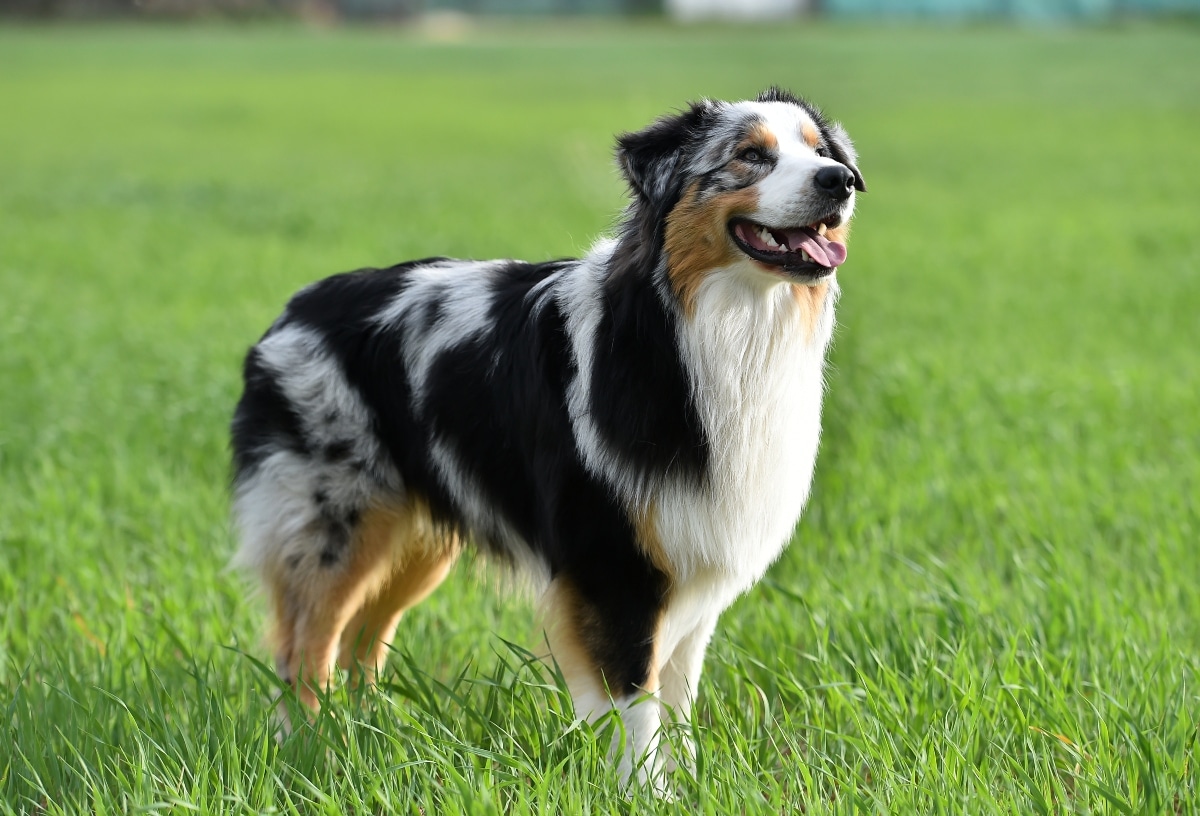 Shutterstock
Shutterstock
Australian Shepherds are smart, energetic, and talkative to the core. They were bred to herd livestock and communicate with their handlers, and that instinct now plays out in modern homes as enthusiastic barking and vocal expression. These dogs often bark when they want attention, during play, or when they detect anything out of place. They also use body language and sound in combination for maximum dramatic effect. If you like long conversations with dramatic pauses, an Aussie is your match.
Shiba Inu
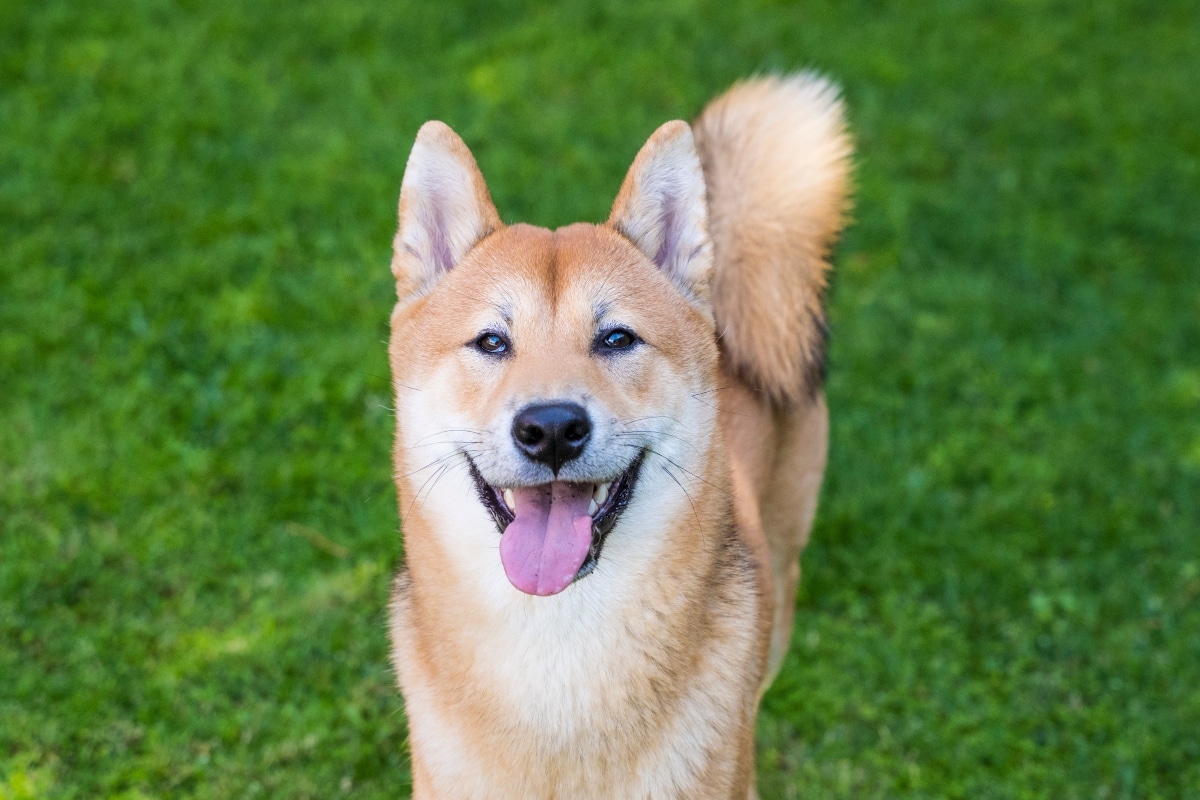 Shutterstock
Shutterstock
The Shiba Inu doesn’t bark much in the traditional sense, but when they do, they’re unforgettable. Known for the famous “Shiba scream,” these dogs make high-pitched, almost human-sounding howls when excited, upset, or simply when things aren’t going their way. They’re independent, but they do like to make their feelings known, especially if something violates their sense of order. It’s less about constant noise and more about well-timed, dramatic announcements. A Shiba’s voice isn’t common, but when it comes out, it’s a showstopper.
Bloodhound
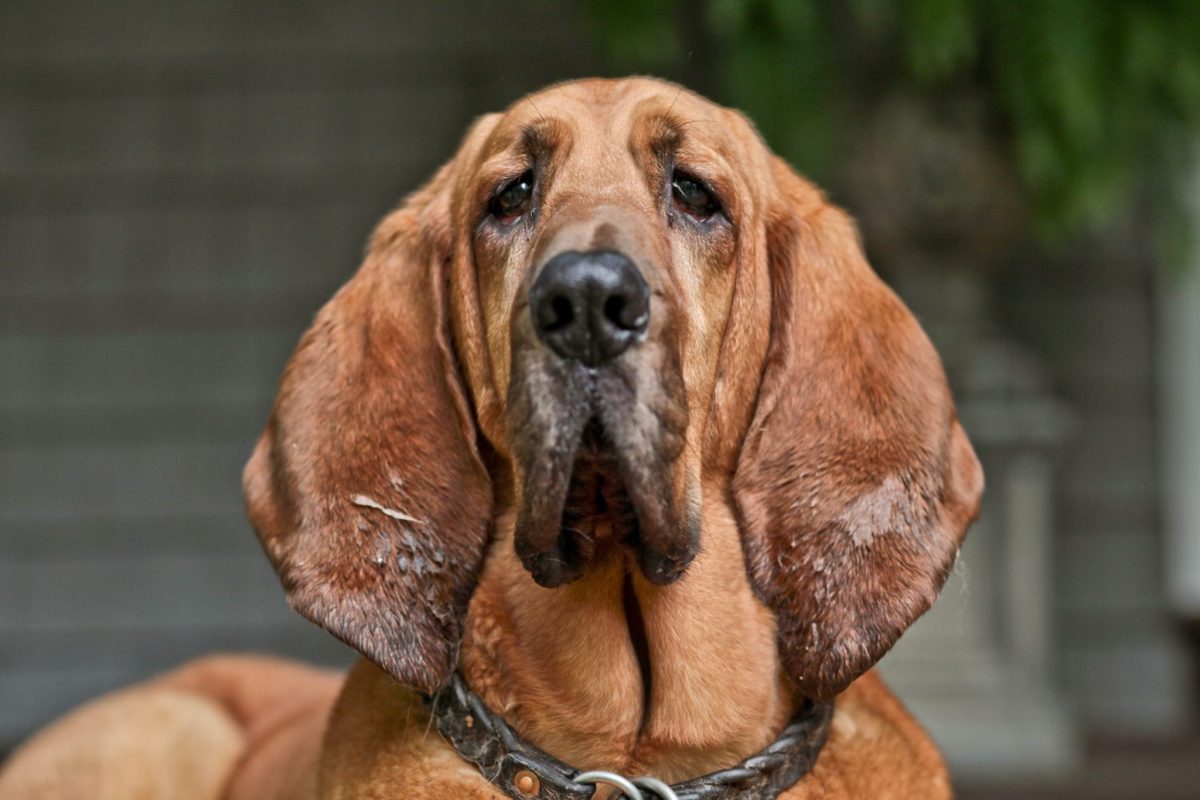 Shutterstock
Shutterstock
Bloodhounds are the long-distance singers of the dog world. Their deep, resonant howls can travel for miles, a throwback to their tracking days in the field. These dogs don’t talk just for the fun of it; they vocalize when they’re on a scent or when something piques their interest. That said, they do love a good howl session now and then, especially if other dogs (or sirens) join in. With their wrinkled faces and booming voices, Bloodhounds are full of both charm and volume.
Please Stop Barking While I’m On Zoom
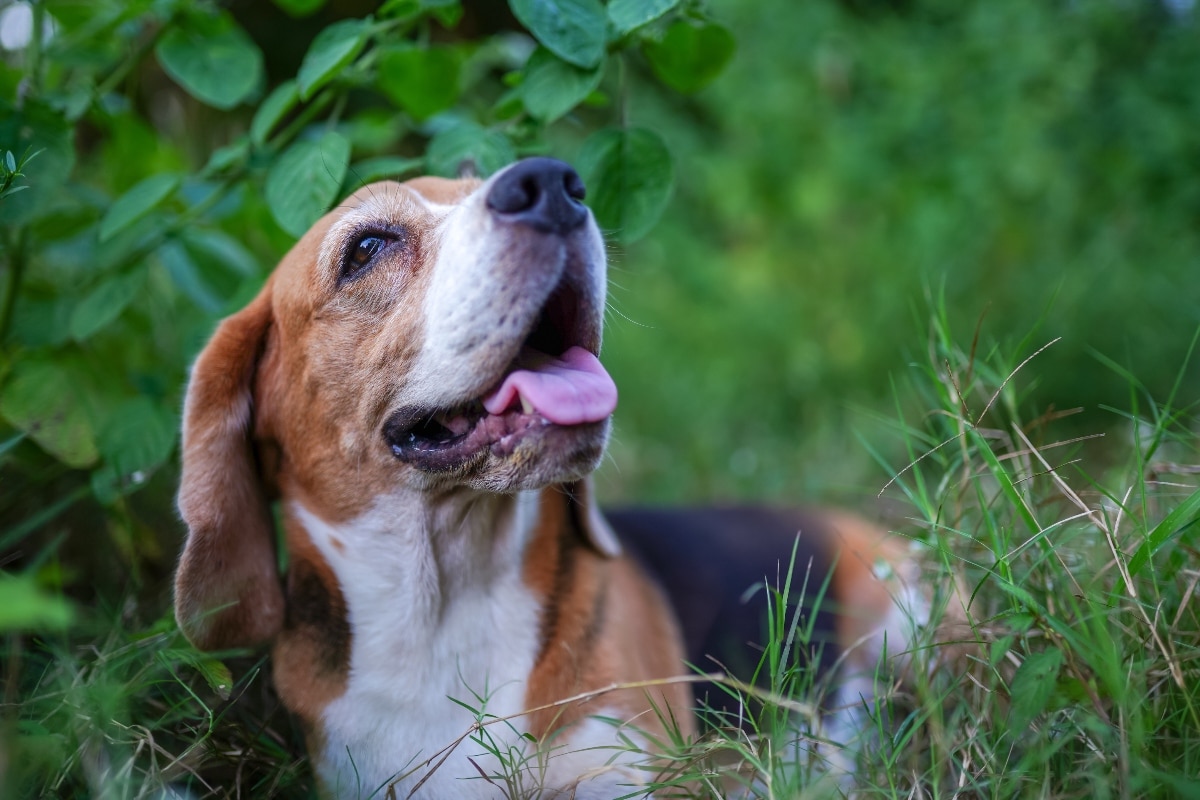 Shutterstock
Shutterstock
These chatty canines have something to say about everything, whether it’s your lunch choices, the mail carrier’s arrival, or the fact that you dared to leave the room without them. They’re not just vocal, they’re expressive, opinionated, and often downright hilarious. Living with one of these breeds means a soundtrack of barks, whines, howls, and the occasional full-on monologue. They’ll chime in during your meetings, respond to your tone, and offer running commentary on the day. With them around, you’re never alone and never without an unsolicited opinion.


 2 weeks ago
5
2 weeks ago
5


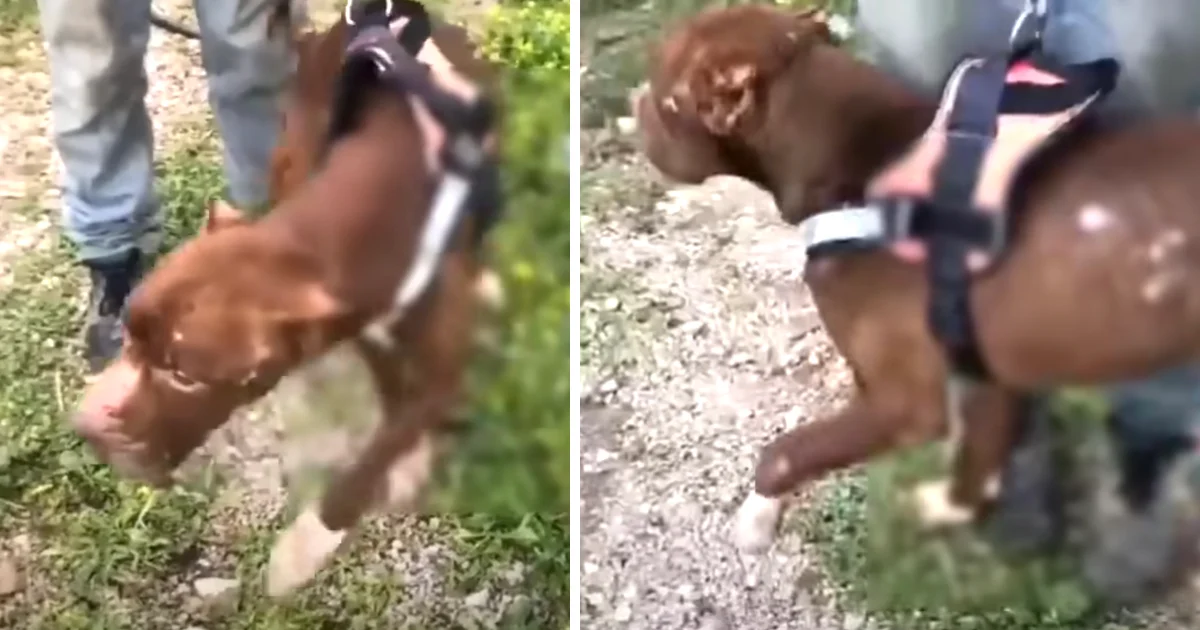


















 English (US) ·
English (US) ·  French (CA) ·
French (CA) ·